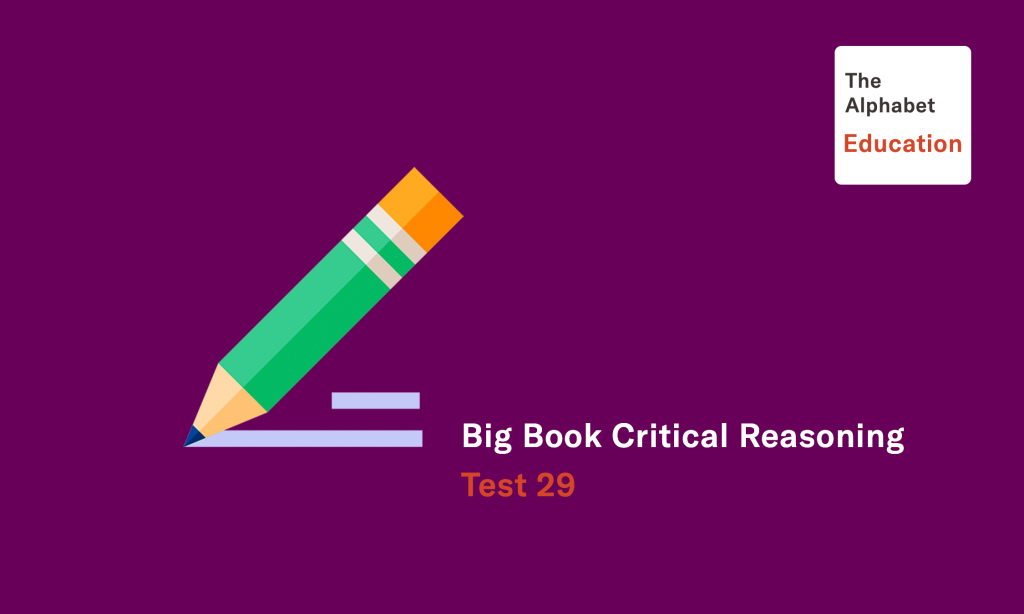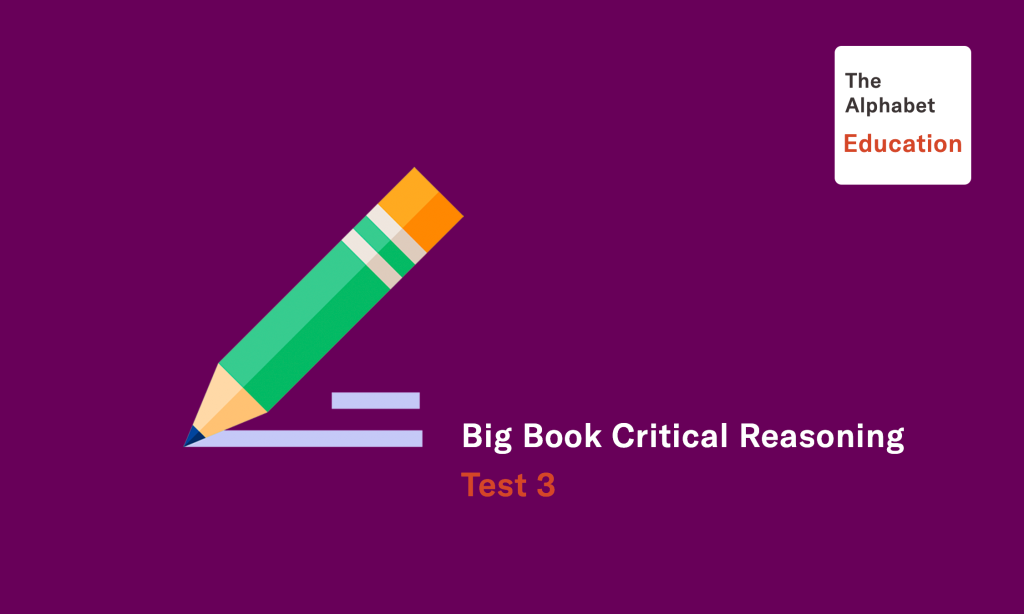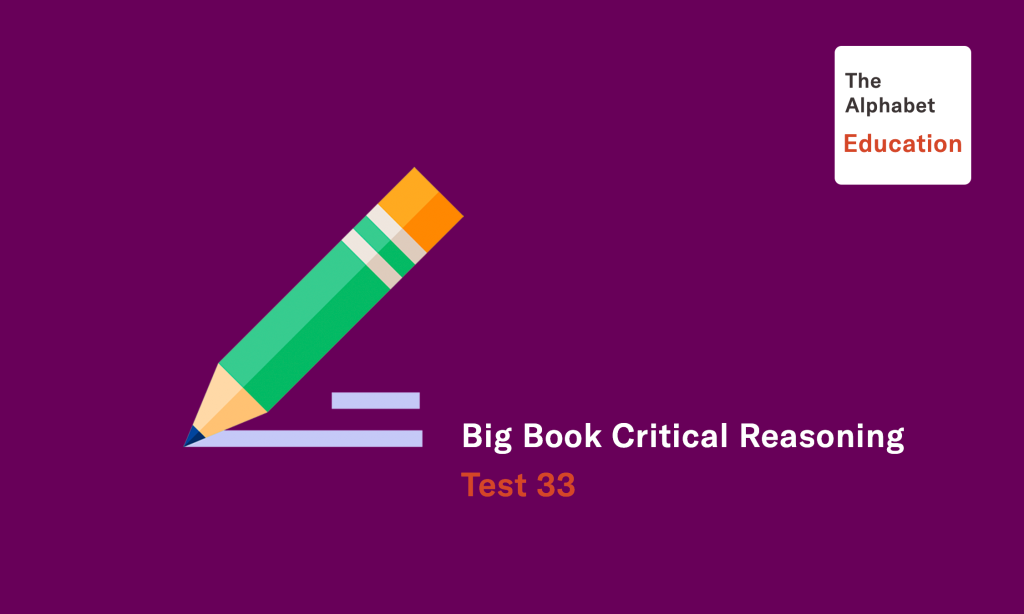GRE Critical Reasoning
Critical Reasoning questions test the ability to understand, analyze, and evaluate arguments. Some of the abilities tested by specific questions include identifying the roles played by specific phrases or sentences in an argument, recognizing the point of an argument, recognizing assumptions on which an argument is based" drawing conclusions and forming hypotheses, identifying methods of argumentation, evaluating arguments and counter-arguments, and analyzing evidence.
Each of the Critical Reasoning questions is based on a short argument, a set of statements, or a plan of action. For each question, select the best answer of the choices given.
In a study of more than,8,000 people using ten beaches on two of the Great Lakes, ecologists from the University of Toronto determined that the rate of respiratory and gastrointestinal illness among people who had been swimming was 69.6 per 1,000, whereas the respiratory and gastrointestinal illness rate among those who had not been swimming was only 29.5 per 1,000.
#1
The story of Robinson Crusoe’s adventures on an uninhabited island is no longer as popular as it once was, nor does it inspire modern versions in popular fiction. This change in the reading public’s taste has occurred because it is no longer easy to believe that undiscovered, uninhabited islands still exist.
#2
Substances suspected of causing cancer, if carefully administered to experimental animals in quantities in which those substances are ordinarily present in the environment, are virtually guaranteed not to produce cancer at rates significantly above the chance level. The most economical procedure for obtaining informative data is to administer vastly increased amounts of the substance being tested.
#3
How does a building contractor most readily prove compliance with the building codes governing new construction? By using those established technologies that the authors of the codes had in mind when setting specifications. This, unfortunately, means that there will never be any significant technological innovation within the industry.
#4
How does a building contractor most readily prove compliance with the building codes governing new construction? By using those established technologies that the authors of the codes had in mind when setting specifications. This, unfortunately, means that there will never be any significant technological innovation within the industry.
#5
X: When a rare but serious industrial accident occurs, people respond by believing that such accidents are becoming more frequent. This belief is irrational. After all, being dealt four aces in a hand of poker, a rare event, hardly increases one’s chances of being dealt four aces in a future hand.
Y: To the contrary, the belief is rational because it results in people’s sensing a danger to them- selves not previously sensed and taking precau- tionary actions to prevent similar accidents in the future.



